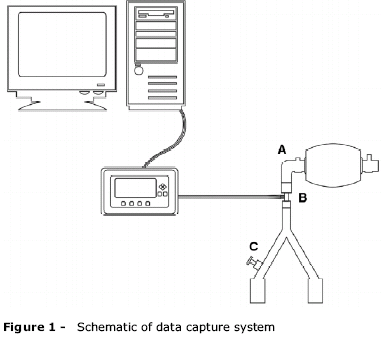OBJECTIVE: To evaluate the peak inspiratory pressure and ventilation rate achieved by physicians when using a neonatal self-inflating bag on a lung model. METHODS: Fifteen physicians ventilated full term and preterm infant lung simulators while the outcomes were captured by a ventilation monitor. RESULTS: Median peak pressures in cmH2O for full term and preterm lungs were 23 (interquartile range: 15-47) and 26 (interquartile range: 14-51), being less than 20 in 41.2 and 35.8% of the pressure curves analyzed, more than 40 in 29.7 and 33.6%, and between 27 and 33 cmH2O in 8.2 and 6.5% of the curves, respectively. Median ventilation rates were 45 (interquartile range: 36-57) and 48 (interquartile range: 39-55.5) cycles per minute, being more than 30 in 9.3 and 6.7% of pressure curves and more than 60 in 12 and 13.3% of pressure curves, for the full term and preterm lungs, respectively. The differences between these medians were not statistically significant. CONCLUSIONS: Ventilation rates achieved with the self-inflating bag were adequate in approximately 80% of pressure curves analyzed, but the physicians were unable to provide ventilation with minimal pressure variation, producing pressures that diverged from those defined by the neonatal resuscitation training course in 70% of the curves. This was irrespective of whether they were ventilating the lung model analogous to preterm or full term infant lungs.
Caldiopulmonary resuscitation; pulmonary ventilation; mechanical ventilation artificial respiration; newborn infant; neonatal asphyxia




